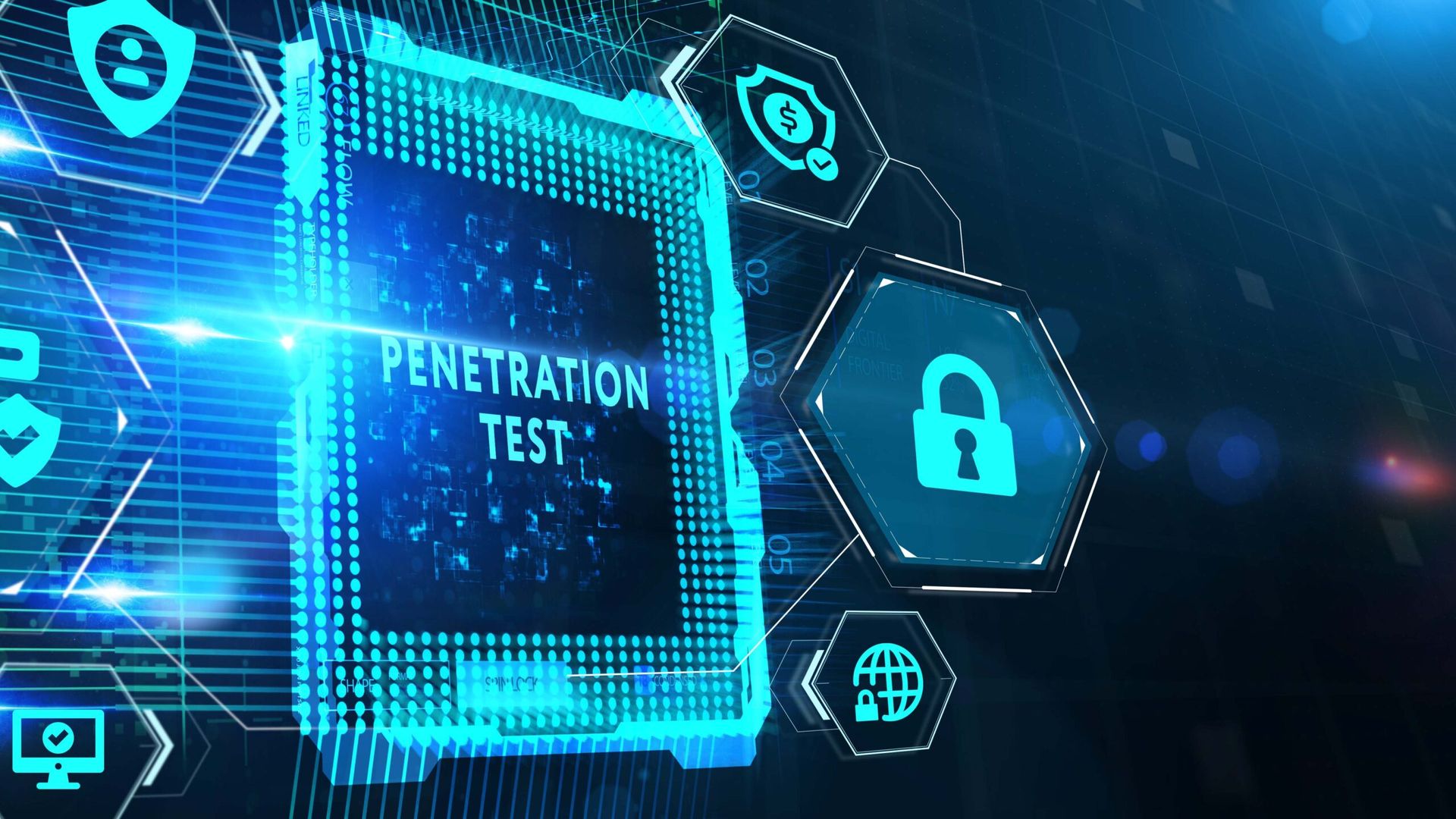Intel has launched Project Circuit Breaker to encourage hackers to hunt bugs in firmware, hypervisors, GPUs, chipsets and other sources, according to a prepared statement.
Project Circuit Breaker expands Intel's existing Bug Bounty program, the company noted. It hosts targeted time-boxed events on new platforms and technologies and provides training and opportunities for hands-on collaboration with Intel engineers.
How Does Project Circuit Breaker Work?
Project Circuit Breaker helps Intel to identify, mitigate and disclose vulnerabilities, the company noted. It creates a community dedicated to offering training to security researchers, new hacking challenges and opportunities to explore new and pre-release Intel products and collaborations with its hardware and software engineers, the company said.
Intel in December 2021 hosted Camping with Tigers, its inaugural Project Circuit Breaker event. It will continue the project through May 2022, with bounty multipliers being offered at three milestones for eligible vulnerabilities.
Previously, Intel made its Bug Bounty program public in 2018. Since that time, Intel has been investing in its security team and exploring cybersecurity partnership opportunities.
DHS Unveils Bug Bounty Program
The Project Circuit Breaker announcement comes after the U.S. Department of Homeland Security (DHS) in December 2021 launched a bug bounty program.
DHS' bug bounty program provides cybersecurity researchers with access to select external department systems to search for bugs that bad actors can exploit. Meanwhile, these researchers can receive payments for the bugs they identify.
In addition, DHS' bug bounty program promotes the development of a government cybersecurity model, the department indicated. This model will empower government organizations at all levels to optimize their cyber resilience.




